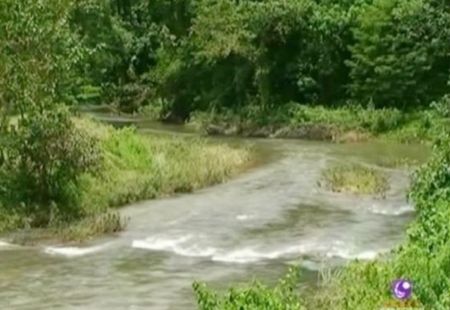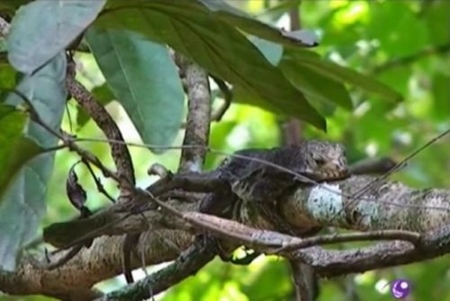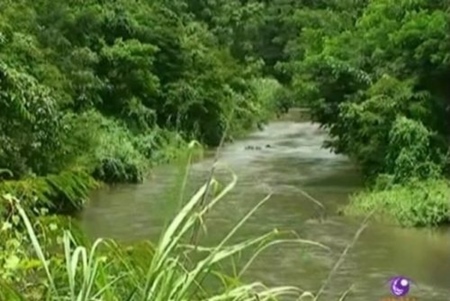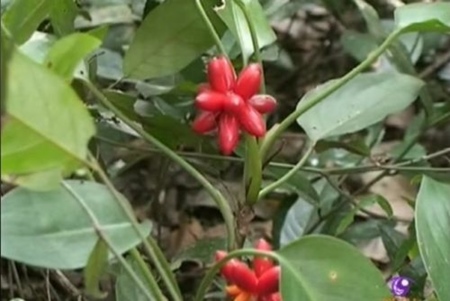The Phachi River Wildlife Sanctuary is regarded as one of Thailand’s most diverse ecosystems, housing various flora and fauna that are becoming extinct elsewhere. With its pristine nature, it is a spacious home to rare wildlife species such as wild gaurs, koupreys, tigers, elephants, and Feas Muntjac’s – or the Barking Deer- which can only be found in this area. Alongside the diverse array of wild animals, several species of rare plants are also found in the lush-green forests.
” To understand about this area, research and data must be thoroughly collected to find the most suitable means of preserving the environment. Especially, when we find extremely rare types of plants, proper research must be conducted,” said Amolrat Liamtrakulpanich, Biodiversity Project director.

The area of the Phachi River Wildlife Sanctuary spans over 300,000 rai of land, covering over two districts known as Suan Pung and Baan Ka. Ten years ago, it was enlisted as one of ASEAN’s heritage sites. Also a national protected area, authorities are attempting to register this natural beauty as a world heritage site.

“We need to research the diversity of the plants, as well as the butterflies and mushrooms found in the area. Once we know the details, we can use the data to help manage the area to ensure its sustainability,” said Prateep Hermpayak, chief of Ban Phachi Wildlife Conservatory Area.

“We eat certain products from the forests such as mushrooms and bamboo, but when we go to the forests, we never take plants from the area for commercial purposes,” said Warunee Srisunan, local villager.

Yet to ensure sustainability of the Ratchaburi’s Phachi River Wildlife Sanctuary, local authorities have already requested for an expansion of the protected area. From the original 300,000 Rai of land, related-authorities have appealed for another 260,000 rai of land to be included in the protected area.
As a means to stop deforestation, illegal logging and to protect the general ecosystem, this has been deemed as the most suitable means of ensuring that healthy environments such as this will remain to be enjoyed by Thailand’s future generations.




